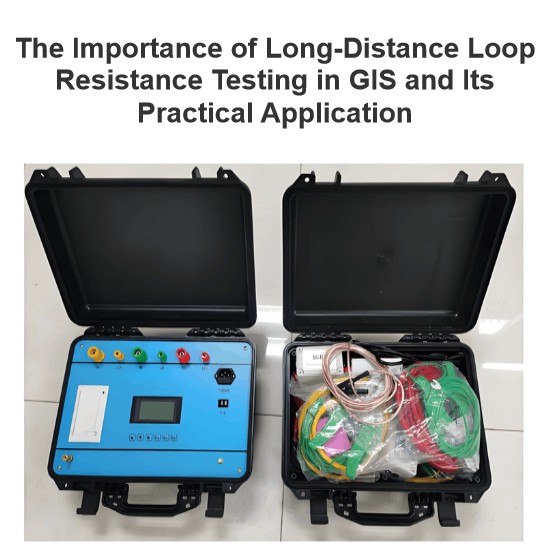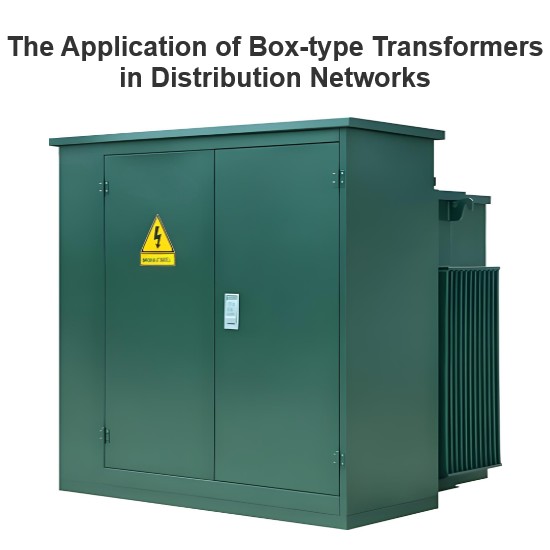Specific Thermochemical Properties
Experiments show that the decomposition temperature of SF6 gas is lower than that of air, while the decomposition energy required is higher. As a result, SF6 gas absorbs a large amount of energy during decomposition, exerting a strong cooling effect on the arc. SF6 gas has an affinity for free electrons. Thus, in the hot - zone space, there will actually be only a very small conductivity or no conductivity at all, yet its thermal conductivity is quite high. SF6 gas decomposes rapidly within a relatively low - temperature range (2000 - 2500K). When SF6 gas decomposes in the arc - shroud area, it absorbs a substantial amount of heat from the arc, endowing SF6 gas with excellent arc - quenching capabilities. In SF6 gas, when the arc current approaches zero, only a very thin arc core has a high temperature, and its surrounding area consists of non - conducting layers.
Consequently, after the current passes through zero, the dielectric strength of the arc gap recovers rapidly and exceeds the rising speed of the recovery voltage. In SF6 gas, an extremely fine arc core persists even at very low current levels. This is a highly desirable characteristic in circuit breaker interruption, as it meets the requirement of a rapid transition from a good conductor to an insulator when the current passes through zero. Precisely because of these characteristics, even when interrupting small currents, the arc core remains continuous until the current reaches zero and can still contract continuously. This prevents forced current interruption, i.e., current chopping, and thus reduces the occurrence of switching overvoltages.
Strong Electronegativity
Electronegativity refers to the tendency of molecules or dissociated atoms to form negative ions. SF6 has a strong ability to adsorb electrons, which is known as electronegativity. SF6 and the halogen molecules and atoms produced by its decomposition strongly adsorb electrons in the arc, forming negative ions. Since the mass of negative ions is much larger than that of electrons, the movement speed of negative ions under the influence of an electric field is much slower than that of electrons. In the electric - field movement, negative ions easily recombine with positive ions to form neutral molecules. Therefore, the disappearance process of spatial conductivity is extremely rapid. This phenomenon has the same effect as a very strong cooling capacity in the ionization space, resulting in a very rapid change in the spatial conductivity near the zero - crossing of the arc current. This characteristic, combined with the characteristic of the arc forming an extremely fine core, shortens the arc time constant significantly. Thus, the strong electronegativity endows SF6 with excellent insulation properties.
The basic requirements for an arc - quenching medium are not only high dielectric strength but, more importantly, a high recovery speed of dielectric strength. It should also possess another crucial characteristic: a very small thermal time constant when the arc current passes through zero. SF6 gas, as an arc - quenching medium, has these characteristics. It relies not only on the isentropic cooling effect formed by the pressure gradient of gas flows but mainly on the specific thermochemical properties and strong electronegativity of SF6 gas, which endow SF6 gas with particularly strong arc - quenching capabilities. Precisely because SF6 gas has excellent arc - quenching and insulating properties, and its chemical properties are stable and non - toxic, the application of SF6 gas in fields such as power transmission and transformation, transformers, fuses, and contactors has been continuously expanding.
Gas - insulated metal - enclosed switchgear (GIS) has been further developed based on SF6 circuit breakers. GIS encloses circuit breakers, disconnectors, earthing switches, current and voltage transformers, surge arresters, and connecting busbars within a metal enclosure and fills it with SF6 gas, which has excellent arc - quenching and insulating properties, serving as insulation between phases and to the ground. Due to its enclosed and modular nature, it occupies a small footprint and less space, is unaffected by the external environment, generates no noise or radio interference, operates safely and reliably, and requires minimal maintenance work, thus having achieved significant development.
Structure of Three - phase Enclosed GIS
In a three - phase enclosed GIS, the three phases of the main - circuit components are installed in a common earthed outer enclosure, supported and insulated by epoxy - resin cast insulators. This type of GIS features a compact structure, with a reduced number of outer enclosures, which can significantly save materials. Moreover, due to the decreased number of sealing points and the shortened sealing length, the gas leakage rate is low. Additionally, it can also reduce the circulating current during operation and streamline maintenance work. The three - phase enclosed GIS has a relatively small overall size, fewer components, less wear and tear on the outer enclosures, and a short installation cycle. However, its drawback is the uneven internal electric field, with mutual phase - to - phase influence, making it prone to inter - phase flashover.
The three - phase enclosed type is also known as the three - phase - in - common - tank type. The three - phase busbars are fixed within the cylinder through insulators, arranged in a triangular pattern. Each functional unit of the GIS consists of several compartments. The compartment division should not only meet the normal operation requirements but also be able to limit the arc in case of an internal fault. Different compartments allow for different gas pressures. For example, the disconnector compartment, considering the arc - extinguishing effect, requires a gas pressure of approximately 0.6 MPa, while other compartments have relatively lower pressures.
Key Technologies for the Intelligence of High - Voltage Switchgear
The technological content of intelligent high - voltage switchgear is extremely extensive. Its main technologies include:
- Switching Operation Intelligence: Monitoring and diagnosis of the operating state of opening and closing devices;
- Secondary Control Intelligence: Using distributed architecture, network - connected technology, and comprehensive monitoring technology to achieve signal acquisition - sensor technology, such as Rogowski air - cored toroidal coils for composite current and voltage sensors, stroke sensors, and gas density sensors;
- Insulation Performance Monitoring: Partial discharge detection, detection of abnormal conduction, and micro - particle detection;
- Fault Diagnosis and Decision - making System: Analyzing signals through signal analysis to make judgments and decisions;
- Electromagnetic Compatibility (EMC): Mainly suppressing interference from anti - interference coupling paths, that is, eliminating or weakening various factors that form a coupled common impedance. Methods include shielding, isolation, and filtering;
- Special - purpose Microcomputer R & D: Developing dedicated integrated circuits and software to improve the applicability, real - time performance, and operation system of microcomputers, and enhancing the operating level and reliability of high - voltage switchgear.













